Rhaphidophora Pertusa is a species of aroid in the genus Rhaphidophora. It is native to tropical regions of Asia, Africa, and the Pacific Islands. The plant is known for its vining growth habit and its leaves, which are deeply lobed and have a rippled margin.
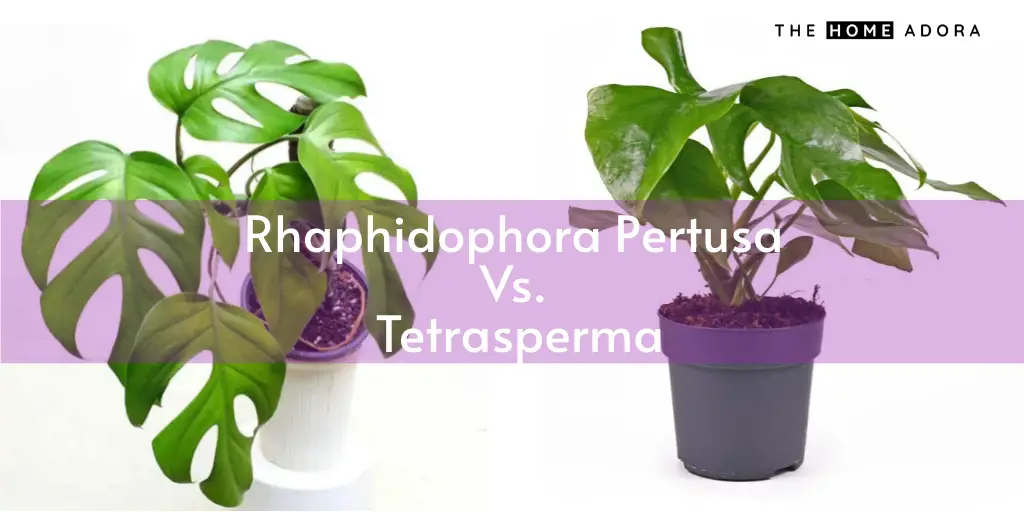
The plant is commonly cultivated as a houseplant and is easy to care for. It prefers bright, indirect light but will tolerate lower light levels. The plant is sensitive to cold temperatures and should be protected from frost. If you are looking for a fast-growing, easy-to-care-for houseplant, then Rhaphidophora Pertusa is a great option!
Learn more about R. pertusa, including how to care for it (water, soil, light, feeding, staking, and so on), how to propagate it, and how to deal with common problems like pests, diseases, and leaf discoloration. We also have a Rhaphidophora vs. tetrasperma comparison chart to help you distinguish between these two plants.
Rhaphidophora Pertusa Information
Rhaphidophora pertusa is a rare climbing plant that has green pinnatifid (split) leaves with large holes. It is native to tropical Asia and looks similar to the well-known Monstera minima and Rhaphidophora tetrasperma.
Here’s a quick primer on the plant.
| Scientific Name | Rhaphidophora pertusa (Roxb.) Schott |
| Other name | Monstera pertusa, Scindapsus pertusus, Pothos pertusus |
| Native | Asia, Africa, and the Pacific Islands |
| Family | Araceae |
| Genus | Rhaphidophora |
| Plant Type | Tropical Climber |
| Growth Size | 8-20 inches (20-50cm) tall and 6-10 inches (15-25 cm) wide |
| Toxicity | Toxic to both humans and pets |
| Common Pests | Mealybugs, scale, spider mites, whiteflies, and thrips |
The Ultimate Grow and Care Guide for Rhaphidophora Pertusa
The gorgeous foliage and large size of Rhaphidophora Pertusa make it a fantastic indoor plant.
You should aim to emulate as closely as possible the tropical climate with a pantropical plant.
Here is a quick guide to taking care of Rhaphidophora pertusa.
#1. Indirect Sunlight
Rhaphidophora Pertusa grows best in bright light, preferably filtered sunlight.
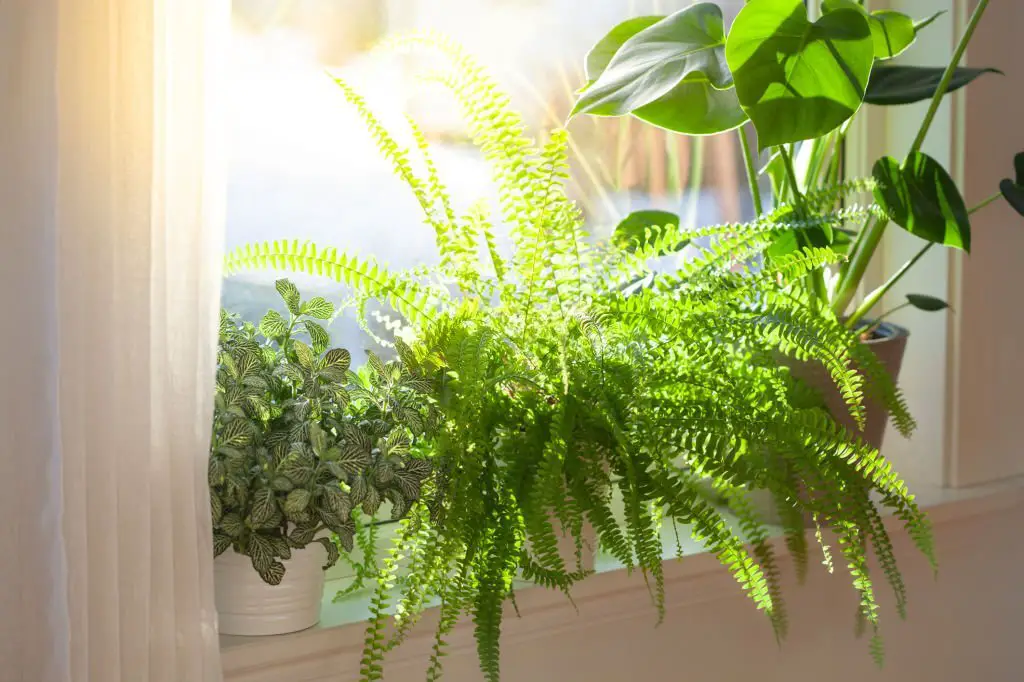
Position your Rhaphidophora Pertusa close to a window, door, or patio that gets 10-12 hours of filtered sunlight per day.
They do best in the east-facing window, which gets plenty of morning sunlight but is shaded the rest of the day.
If not, think about putting the plant 4-5 feet away from windows that face south or west and receive filtered sunlight throughout the day.
One way to tell your plant is not receiving enough sunlight is leggy growth with more petite foliage.
Other signs of light stressed plant include:
- Stunted and dull growth
- A fading of the leaves
- Loss of the leaf’s green pigments
- Falling and stumbling leaves
Direct sunlight, on the other hand, will cause transpiration, or the loss of water from the leaves, and ailing plants that exhibit these symptoms.
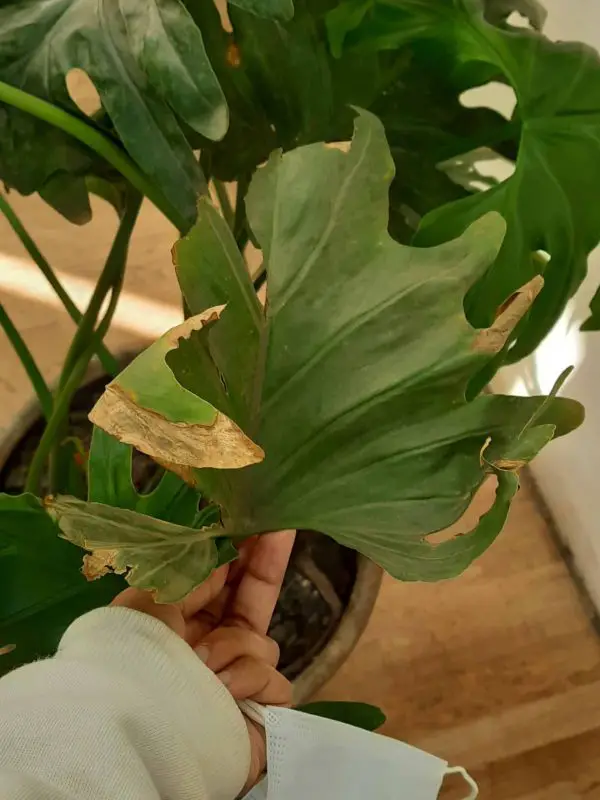
- Crispy and dry leaves
- Brown patches along the leaf edges
- The leaves’ loss of color and variation
- Twisted leaves
Tips for Optimal Rhaphidophora Pertusa Light Intake
- To get soft morning light, place the plant in an east-facing window.
- When putting them in the shade, make sure they get low to moderate indirect sunlight every day.
- To avoid uneven growth, stop moving the plant from one location to another.
- Other suitable locations around the house include a patio, entrance, window, or greenhouse.
- To ensure optimal sunlight intake, rotate the plant every few weeks in the same location.
- Alternatively, consider growing it for at least 12 hours under an appropriate grow light.
#2. Regular Watering
Regular watering is one of Rhaphidophora Pertusa’s critical care requirements.
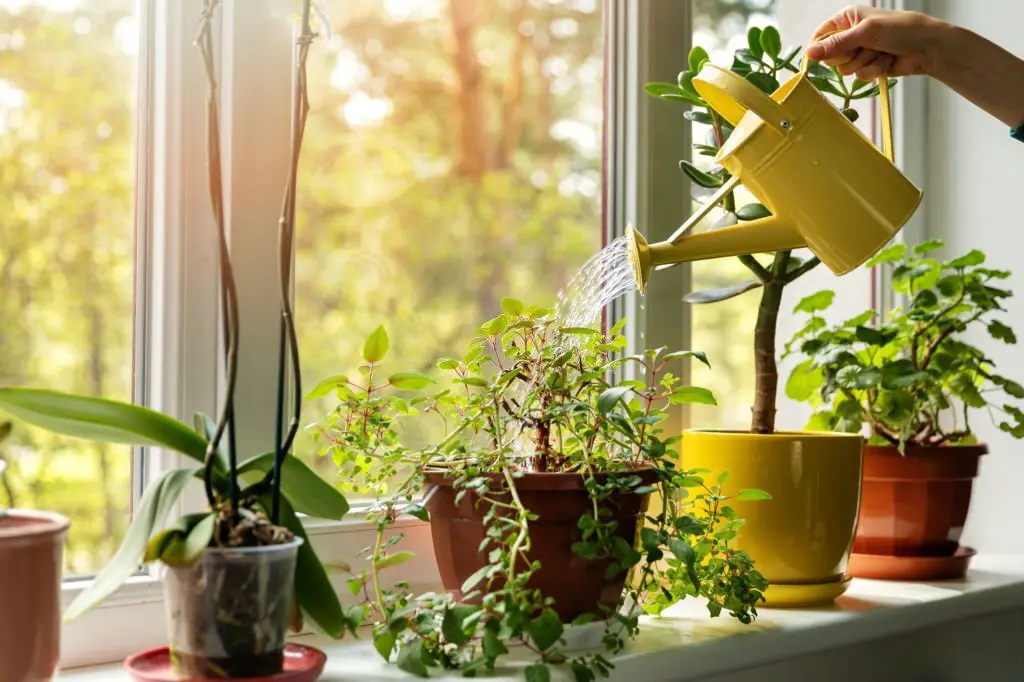
They prefer moist but soggy soil because it provides adequate moisture and beneficial macronutrients to their roots.
Water your Rhaphidophora Pertusa once a week in the spring and summer and once every two weeks in the fall and winter, preferably when the top inch of soil (2.5 cm) is dry.
Remember that overwatering Rhaphidophora can cause root rot. The following are some visible signs of an overwatered Rhaphidophora:
- Yellow leaves that appear limp
- Brown spots on the leaves
- Mold development
- The appearance is shriveled and mushy.
- Curly leaves
Reduce watering immediately and inspect for root rot by looking for dark, mushy, or smelly roots.
Underwatered plants, on the other hand, have greyish soil, yellowing spots on the leaves, curling leaves, and a crispy appearance.
Water or run the pot underwater until the excess oozes out of the drainage holes to treat an underwatered plant.
Watering Recommendations for Rhaphidophora Pertusa
- Examine the top layer of soil to see if it has dried out.
Rhaphidophora Pertusa should be watered until the water runs clear. - Wait until the water completely stops dripping.
- Return the Rhaphidophora Pertusa container to the sun.
- During the growing season, water your Rhaphidophora Pertusa once a week and twice a week when temperatures exceed 85 degrees Fahrenheit.
- Examine the soil condition with a soil moisture meter before continuing or deferring watering.
- Examine the tray to see if any water has accumulated. Empty the tray to keep the plant from standing in water.
- To avoid transpiration, mist the plant leaves in the summer.
- Reduce watering and keep an eye out for root rot in overwatered plants until they recover.
- Consider deep watering an underwatered plant or placing the container on a pebble tray filled with water.
Video Reference on How To Water Indooor Plants the Right Way
#3. Optimal Humidity and Temperature
Remember that Rhaphidophora is a tropical genus that prefers slightly higher temperatures than most houseplants.
As a result, USDA zones 11a to 12 (40-50°F) are ideal for planting Rhaphidophora.
Rhaphidophora Pertusa thrives in temperatures ranging from 70-80°F (21-27°C), which promotes root growth.
It can, however, grow well in the 55-85°F (12-29°C) temperature range found in most homes.
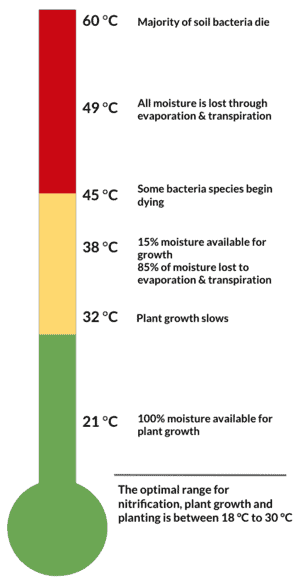
Keep them away from cold drafts, heat stress, and suction.
Rhaphidophora Pertusa thrives in average household humidity levels of 40% to 50%. Optimal humidity is required to ensure the Rhaphidophora plant’s large, lush leaves.
Anything less than 40% will result in excessive transpiration (water loss from the leaves). Excess humidity, on the other hand, may significantly increase the risk of fungal and bacterial infection.
Keep an eye out for these indicators to see if the temperature and humidity are dropping.
| Insufficient Humidity | |
|---|---|
| Leaf wilting and shriveling | Rotting stems and leaves |
| Yellowing of the leaf edges | Grey mold patches on the leaves |
| Brown leaf tips | Fungal development |
| In severe weather, leaves may fall. | Mold is present in both the soil and the flower. |
Tips for Keeping the Optical Humidity and Temperature
- Locate an ideal location in your home that receives significantly more indirect sunlight and humidity, such as near a window near the bathroom or kitchen.
To avoid extreme temperatures, keep them away from the air conditioner or heater. - When the threat of cold drafts is severe, use a frost blanket or clear plastic bag to cover the plant, especially in late fall or winter.
- In the fall and winter, keeping them under appropriate grow lights will help compensate for the lack of indirect sunlight.
- Keep all of your houseplants together to achieve optimal humidity levels.
- Consider using a plant mister to mist the leaves in the spring and summer.
- Otherwise, add a humidifier or humidifying tray to the room (pebble and water tray).
- At all times, use a hygrometer to determine the humidity level.
#4. Fertilizer
Although Rhaphidophora is a fast grower, adding fertilizer on a regular basis during the growing season can help boost vertical growth and split leaves.
You heard correctly! Rhaphidophora Pertusa requires fertilization every 2-3 weeks or once a month in the spring and summer.
Fertilize your Rhaphidophora Pertusa with a balanced or high-nitrogen fertilizer on a regular basis in the spring and summer, but reduce the amount in the fall and winter.
They are not overfeeders, so providing too much fertilizer will result in mineral salt buildup in the soil.
Slowed growth, brown roots, brown leaf patches or yellowing, and light crumbled soil are all signs of overfertilization.
Fertilizer Application Guidelines for Rhaphidophora Pertusa
- To promote leaf growth, use a balanced liquid plant food or a nitrogen-rich fertilizer.
- Ensure that the liquid solution is diluted to half strength (monthly feeding) or 14 strength (fortnight feeding).
- While watering the plant, apply liquid fertilizer to allow nutrients to reach the root system more easily.
- To avoid root burns, keep the fertilizer 6 inches away from the plant’s base when applying it.
- Spread Osmocote around the plant and thoroughly water after applying slow-release fertilizer.
#5. Pruning and Grooming
To ensure healthy, even growth, a vigorously growing plant requires regular pruning in the spring and summer.
Using a sterilized pruning shear, prune the plant on a regular basis for dead, damaged, and diseased leaves. Remove any leggy stem growth and dead flowers as well.
Trim close to the stem to control its size; however, don’t cut more than 25% of the plant at once. Excessive pruning will result in a stressed plant that grows slowly.
Pruning a Rhaphidophora Pertusa plant is similar to pruning a Philodendron or Monstera plant.
Rhaphiophora Pertusa Propagation
When your Rhaphidophora Pertusa has reached a good height and is in a healthy stage, you can choose to propagate it.
Rhaphidophora can be propagated in two ways: stem cutting and air-layering.
- Propagation by Stem Cuttings
- Propagation by Air Layering
Propagration By Stem Cutting
The herbaceous stem cutting method is the simplest way to multiply Rhaphidophora Pertusa.
Here’s how to propagate the plant using stem cuttings.
Step #1. Get the Cuttings
- Begin by establishing healthy stems suitable for cutting, as indicated by multiple leaves and nodes and a green texture.
- Three to four inches of stem with at least two nodes should be cut. Make certain to cut below the lower node. One with aerial roots grows more quickly.
- Snip the lower leaves but leave the top two leaves on the stem.
Step #2. Taking Root in Water
- Fill a clean, tepid jar or glass with water (chlorine-free).
- Pour in a few drops of liquid rooting hormone. Submerge the stem cutting next.
- Place your cutting in a warm, indirect sunlight location and change the water every 3-4 days or when the water level falls.
- Within 4-6 weeks, the stem cutting should sprout feeder roots. When it has grown 3-4 inch long feeder roots, transplant it to a pot.
How to Propagate Houseplants from Cuttings
Propagation by Air Layering
- Another method for propagating the Rhaphidophora plant is air layering.
- Begin by making a clean cut in the center of the stem and inserting a toothpick to keep the wound open.
- Sphagnum moss, moistened, should be wrapped around the wound. Cover the moss with a clear plastic bag or wrap after securing it with floral ties or plant twine.
- Wait a few weeks to months for new growth to appear. Remove the material from the plants once it begins to produce roots and grow it in a container.
Remember to apply fungicide to the wound to assist the mother plant in healing on time.
Rhaphidophora Pertusa Vs. Tetrasperma

Rhaphidophora pertusa & P. tetrasperma look similar, and some people may mix them up. They are, of course, members of the same genus and family. However, there are some noticeable differences.
R. pertusa has thicker stems (1.4 inches), shorter internodes (2-4 inches), and grows much larger in the wild, reaching heights of up to 49 feet. Its leaves also have irregular splits and holes that may extend to the leaf margin.
R. tetrasperma, on the other hand, has thinner stems (0.4 inch), longer internodes (5.5 inch), and grows only up to 16 feet in the wild, classifying it as a small to medium liana. The leaves are mostly deep splits, with a few rhombic holes near the midrib.
Another distinction is that R. pertusa is more leafy and has leaves that are broadly oval-oblong to rounded-oval in shape, as opposed to R. tetrasperma, which is moderately leafy and has oval to oval-lanced shaped leaves.
Finally, think about the petiole. The petiole of R. pertusa is upward curved, with the petiolar sheath extending only on one-third of the length. The petiole of R. tetrasperma, on the other hand, is slightly grooved, and the petiolar sheath extends to the apical (upper) geniculum.
| It has thicker (about 1.4 inch) stems and shorter internodes (2-4 inches). | Has shorter internodes and thinner stems (about 0.4 inch) (5.5 inches). |
| In the wild, it can reach heights of 49 feet. | It can only reach a height of 16 feet. |
| The leaves are characterized by irregular splits and holes. | have deep and fairly regular splits. |
| It is more leafy, with oblong oval or rounded-oval shaped leaves. | Has oval-lanced shaped leaves and is less leafy. |
| It has an upwardly curved petiole. | The petioles have a slight groove. |
Rhaphidophora Pertusa Pests
Pests are uncommon when grown indoors, but they can occur if your plant is neglected.
Mealybugs, scale, spider mites, whiteflies, and thrips are common R. pertusa pests. These bugs will appear as small bumps or spots or things that may move or not, and some fly.
The signs will depend on the bug present. Examine leaves for black, brown, yellow, or whitish spots, honeydew, sooty mold, silvery stippling, webbing, and so on. Only heavy infestations will cause these pests to distort, yellow, or curly the leaves.
Lastly, use neem oil, horticultural oil spray, or insecticidal soaps to manage pests. Hose down your plant in minor cases.
Read More: Monstera Siltepecana: Growth & Care Guide
Frequently Asked Question (FAQs)
What is causing my Rhaphidophora Pertusa to turn yellow?
The yellowing of Rhaphidophora leaves is not uncommon, but it can be a horrifying sight.
Poor watering habits, a lack of nutrition, poor lighting, overfertilization, and dwindling temperature and humidity are all common culprits.
Does my Rhaphidophora Pertusa Require Support?
It would be grateful if you could provide some sort of assistance for its vertical growth.
Rhaphidophora is a climber that will attach itself to nearby plants or objects in order to climb upward.
Introduce a sturdy trellis and train your plant to climb it by taping the young stems to the trellis (frame).
Is Rhadphidophora Pertusa tolerant of high humidity?
Rhaphidophora Pertusa, unlike other tropical plants, thrives in moderate humidity.
Plant leaves will receive the moisture they require if the humidity level is between 40% and 50%.
Increased humidity, typically 70%, can quickly wet the plant, leading to fungal infections.
Conclusion
Whether you have previously grown a Rhaphidophora plant or not, you will most likely adapt quickly to Rhaphidophora Pertusa.
It is a laid-back plant that will thrive in a typical home environment.
However, to ensure rich vertical growth and lush split foliage, provide a stable yet conducive growing environment.
Should you have any questions or concerns, please leave them in the comment box below.
